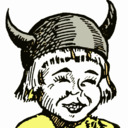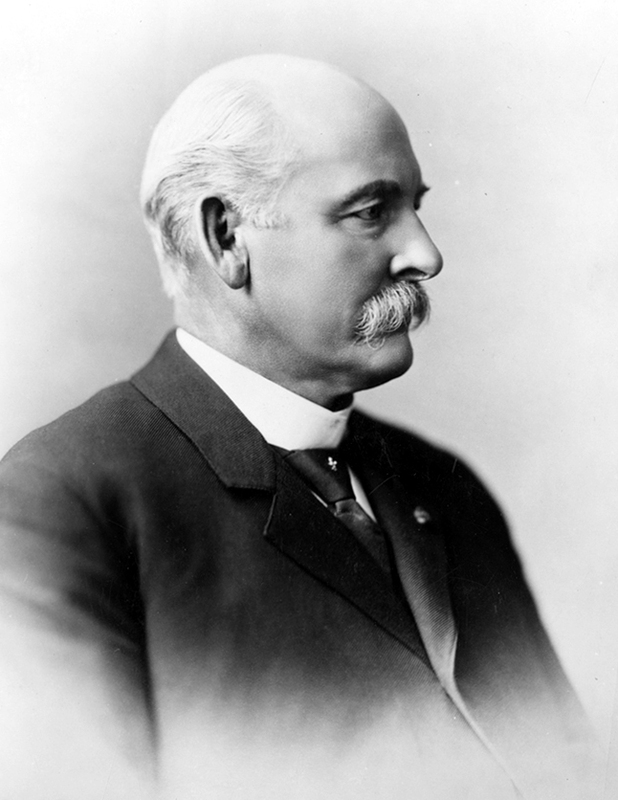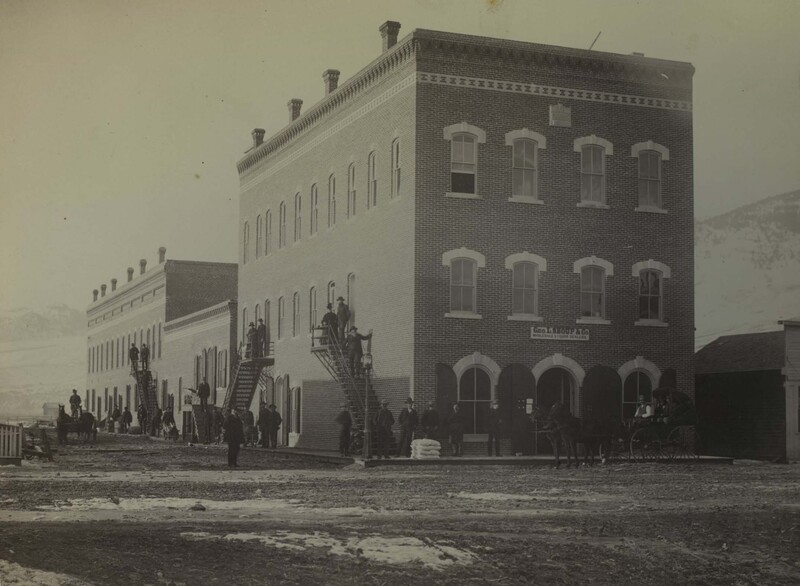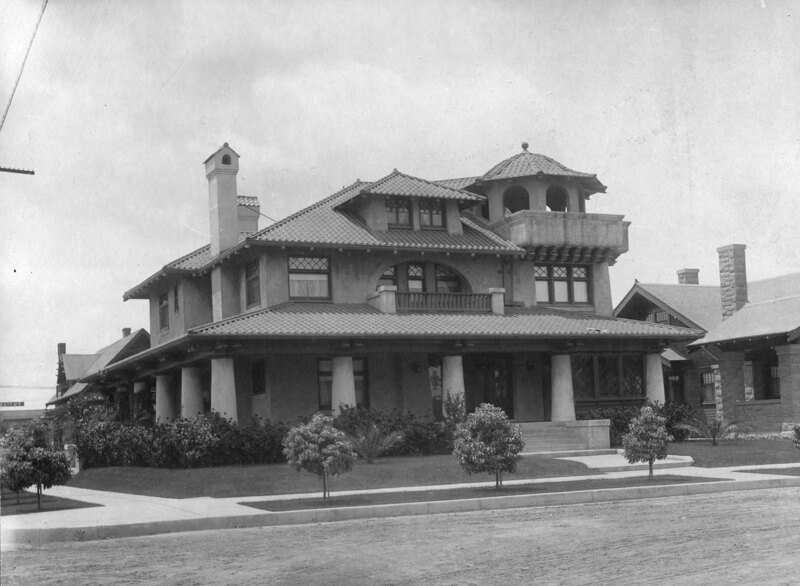George Laird Shoup was the twelfth and last territorial governor (1889-1890) and first state governor (1 October 1890 - 18 December 1890) of Idaho. He resigned from the position as Idaho state governor when he was elected to the United States Senate on 18 December 1890. He served in the Senate until March 1901 and passed away on 21 December 1904. He is buried in Boise, Idaho.
Born June 15, 1836, in Kittanning, Armstrong County, Pennsylvania, and educated in the public schools of Freeport and Slate Lick, George Laird Shoup moved to Galesburg, Illinois with his father in 1852. In 1859 he joined the gold rush to Pike’s Peak, Colorado, becoming a prospector, miner, and merchant.
When the Civil War broke out he enlisted in an independent company of scouts and was engaged in scouting and detached service against Indians in Colorado, Indian Territory and New Mexico. In December of 1861 he was commissioned a second lieutenant in the Colorado Cavalry and was promoted to first lieutenant in February of 1862. In the spring of that year he was in command of artillery at Fort Union, New Mexico and was involved in numerous skirmishes with Indians. In September of 1864 he was commissioned a Colonel in the Third Colorado Cavalry and commanded the regiment at the battle of Sand Creek, Colorado. He was honorably discharged from the military in December of 1864.1
Shoup took a short leave of absence from the military in the spring of 1863 when he was elected as a delegate to the Colorado constitutional convention. Colorado was not admitted to the union at that time and the work of the convention was abandoned.
In 1866 he moved to Virginia City, Montana, where he started a store, but then gold was discovered in Leesburg, Idaho, and he moved across the Continental Divide, opening another store in the city of Salmon, where, in addition to merchandising, he also engaged in cattle raising. Soon he became one of the most successful businessmen in the Intermountain West.
On June 15, 1868 he married Lena Darnuster of Iowa. They were the parents of three sons and three daughters.
Continuing his political career, he served as one of the original Lemhi County Commissioners in 1869, and was chosen county superintendent of schools in 1872. He was elected to the lower house of the territorial legislature in 1874 and in 1878 he was elected to the upper house. He was a delegate to the Republican national convention in 1880, and served on the Republican National Committee from 1880 to 1884, and again in 1888.
In 1884 Shoup was appointed commissioner to the World’s Cotton Centennial at New Orleans. He contributed $35,000 out of his own pocket to make possible the first display of Idaho Territory’s products in the East.
President Benjamin Harrison, because of his previous service on the Senate Committee on Territories, was aware of the defects in territorial administration. For this reason he decided not to appoint outsiders as territorial officials, instead, choices were recommended by party leaders of the territories concerned. As a result of this policy, George L. Shoup was appointed governor of Idaho in 1889. As governor he arranged to have a constitutional convention assembled so that the territory would be ready for admission as a state the following year. After signing the new constitution on August 6, 1889, he went to Washington, D.C. where he took a prominent part in getting the Idaho admissions bill through Congress.
After Idaho became a state on July 1, 1890, Shoup agreed to run for governor, although it was understood that his real interest was to represent the new state in the U.S. Senate. He was elected governor in 1890 and remained in that position until the legislature elected him Senator in December of that year. He remained in the Senate until March of 1901, when he was succeeded by Democrat Fred Dubois. After leaving the Senate he retired from public life.
Pioneer settler, soldier, miner, businessman, and public servant, George Laird Shoup died in Boise, Idaho, December 21, 1904. When the time came to nominate someone to represent Idaho in statuary hall in Congress, Shoup was chosen. His statue was installed in 1910. Senator William Borah’s tribute to Shoup sums up his character and explains the respect the people of Idaho had for him: “He stood forth a leader. He had only such education as he could secure in a few months in the common schools, but united with rare judgment, a perception almost intuitive, a keen, quick, unerring knowledge of men, a practical wisdom gathered during his long, active career in the school of life, he was a safe, trusted and able counselor in all matters of private and public concern.”2
The collection
The George Laird Shoup Papers span the years 1861 to 1958, with the bulk of the material covering the years 1866 to 1904.
The majority of the material is concerned with Shoup’s merchandising business. Included are business records and correspondence, financial records, printed material such as newspaper clippings, speeches and reports, and photocopies of journals and a letter, and early photographs of Salmon, Challis, and the Shoup family and friends.
Although there is little in the way of political correspondence in this collection, a number of letters from Senator Shoup to Judge Weldon B. Heyburn on the subject of Idaho politics can be found in the Heyburn papers (MG 6) in the University of Idaho Library, Special Collections Department.2



![Salmon, Idaho [2]](https://objects.lib.uidaho.edu/harvester/small/shoup3_49_007_sm.jpg)

![Main Street in Salmon, Idaho [1]](https://objects.lib.uidaho.edu/harvester/small/mg8-10_sm.jpg)
![Salmon, Idaho [5]](https://objects.lib.uidaho.edu/harvester/small/shoup3_49_012_sm.jpg)
